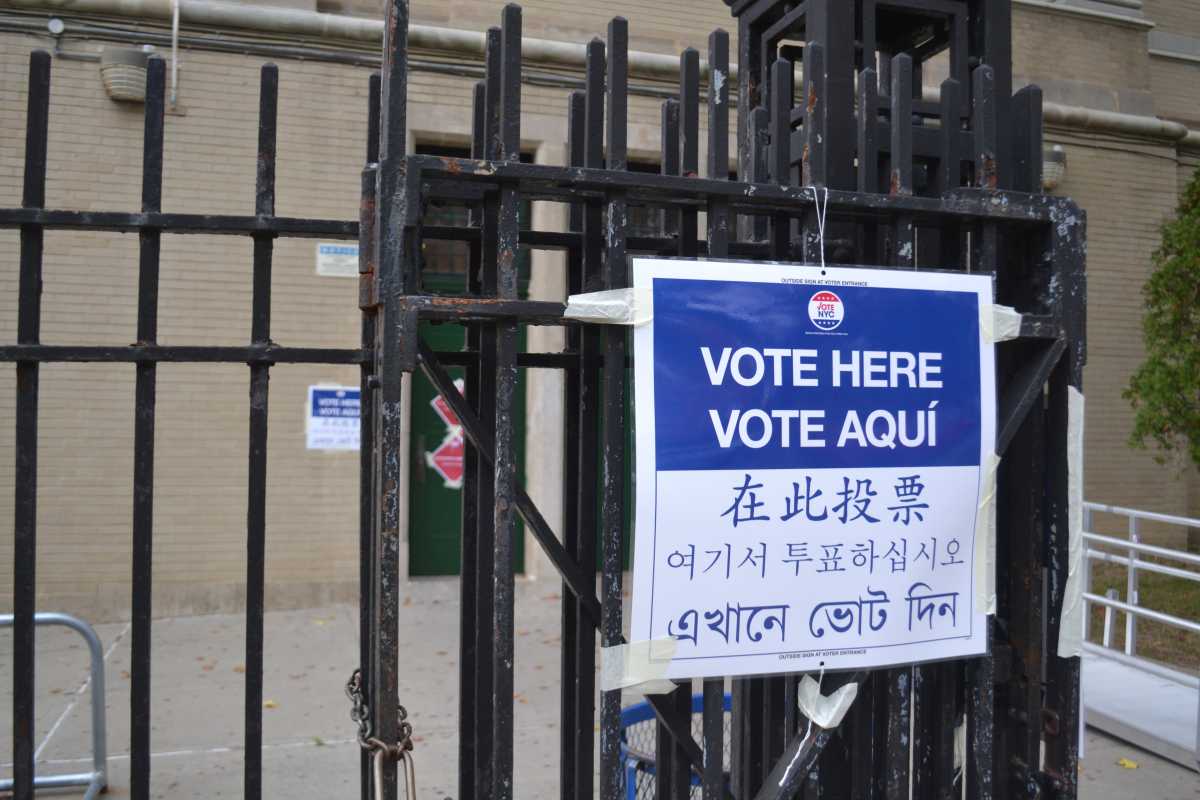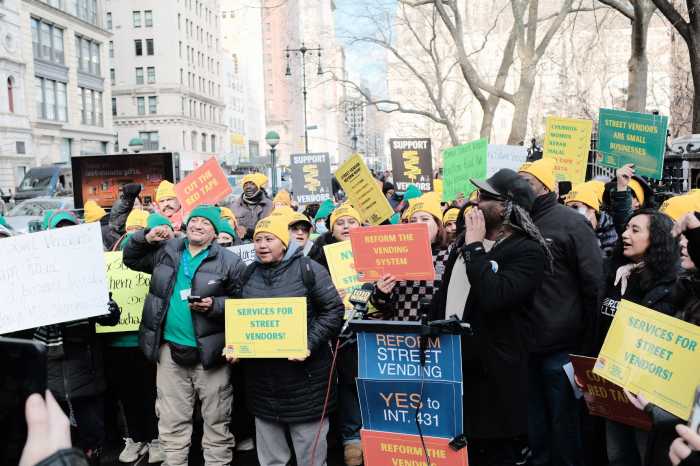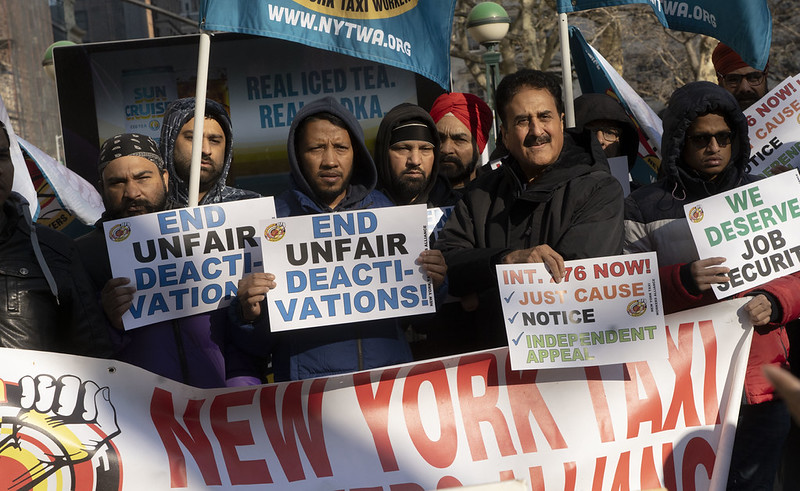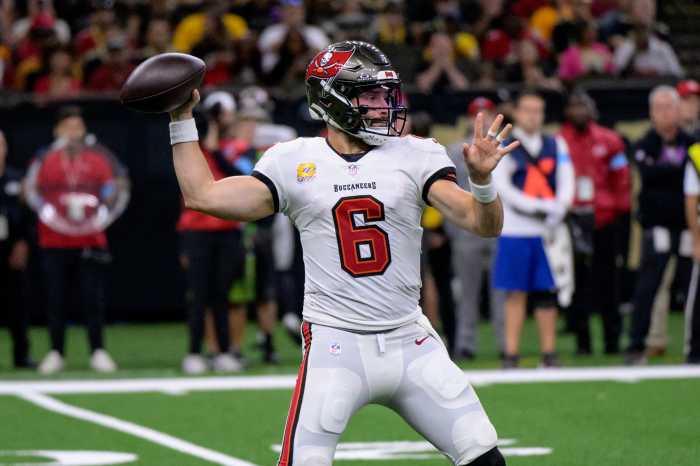Some blamed the rainy weather. Others blamed the field of candidates. Regardless of the excuse, most Queens voters simply didn’t bother showing up for Tuesday’s citywide election.
The unofficial results posted on the city Board of Elections website indicated that approximately 270,348 votes were cast in Queens for the mayoral race, which led every New York City ballot. That accounts for just 22.3% of the borough’s 1,211,303 registered voters.
Voter apathy in Queens didn’t impact the final outcome of the mayoral race — Bill de Blasio easily won re-election, taking 60.8% of the Queens vote along the way. The low turnout, however, helped Republican nominee Assemblywoman Nicole Malliotakis win more election districts in Queens than Donald Trump did in last year’s presidential election.
WNYC compiled a map showing the results of the mayoral election in each election district of the city. A quick glance at Queens shows that Malliotakis had her strongest support in the northeast (Bayside, Douglaston, Whitestone, Little Neck), southwest (Woodhaven, Ozone Park, Howard Beach and Broad Channel), the western Rockaway Peninsula and the 30th City Council District (including Ridgewood, Glendale, Maspeth and Middle Village).
The 30th District features the lone Queens City Council race yet to be called. Two-term incumbent City Councilwoman Elizabeth Crowley, the Democratic candidate, trails her Republican challenger, Robert Holden, by 133 votes. Crowley said on Wednesday she is waiting for all votes to be counted; there are reportedly hundreds of absentee ballots to be tallied.
A closer look at the numbers in the Queens districts that went for Malliotakis shows that, while she outperformed Trump’s 2016 percentage numbers, she secured far fewer actual votes.
In the 48th Election District in Howard Beach, Malliotakis won about 80% of the vote (191) while de Blasio secured just 46 votes. Last year, Trump won 69% of the vote, but had approximately 100 more votes than Malliotakis. The combined de Blasio-Malliotakis vote (237) was 43.5% less than the combined Trump-Clinton vote (412).
Malliotakis also won about 73.2% of the vote in the 74th Election District in Middle Village, but she and de Blasio secured a combined total of 280 votes. That’s just 39.5% of the 708 votes cast in last year’s presidential election in the district, which Trump carried with 51.87%.
In Whitestone’s 13th Electoral District, Malliotakis garnered about 73.4% of the combined 340 votes cast for her and de Blasio. Last year, Trump narrowly won the district; he and Clinton combined for 718 votes, nearly twice as many of the ballots cast in this year’s mayoral race.
The turnout in other areas of Queens was so abysmal that Malliotakis flipped election districts that Clinton easily carried last year.
For example, Malliotakis defeated de Blasio 108 to 93 (201 combined votes) in the 61st Election District in Rego Park. The combined vote total was nearly two-thirds lower than in 2016, when Clinton won that district last year with 61.85% of the 526 votes cast for either her or Trump.
In Little Neck, Malliotakis won 118 votes to de Blasio’s 87 votes in the 25th Election District (205 combined votes). Clinton won the district last year with 363 votes. In Bellerose’s 10th Election District, Malliotakis defeated de Blasio 164-108, but Clinton won that district last year with 319 votes.
De Blasio’s strongest areas of support in Queens were in the 27th, 28th and 31st Council Districts in southeast Queens (including Cambria Heights, Jamaica, Laurelton, Queens Village, Rosedale, St. Albans and Springfield Gardens) and in the 21st, 22nd, 25th and 26th Council Districts in the northwest (including Astoria, Corona, East Elmhurst, Elmhurst, Jackson Heights, Long Island City, Sunnyside and Woodside). The turnout in these areas, however, was similarly low.
Next year’s election cycle focuses on statewide offices including governor and lieutenant governor, state comptroller and state attorney general. All Congressional seats are also on the line, and Senator Kirsten Gillibrand is up for re-election.
Barring any changes to the voting calendar, Queens voters will likely have three election dates in 2018; a June Congressional primary, a September statewide primary and the Nov. 6 general election.
If you’re not already a registered voter, click here to learn how to become one.



































